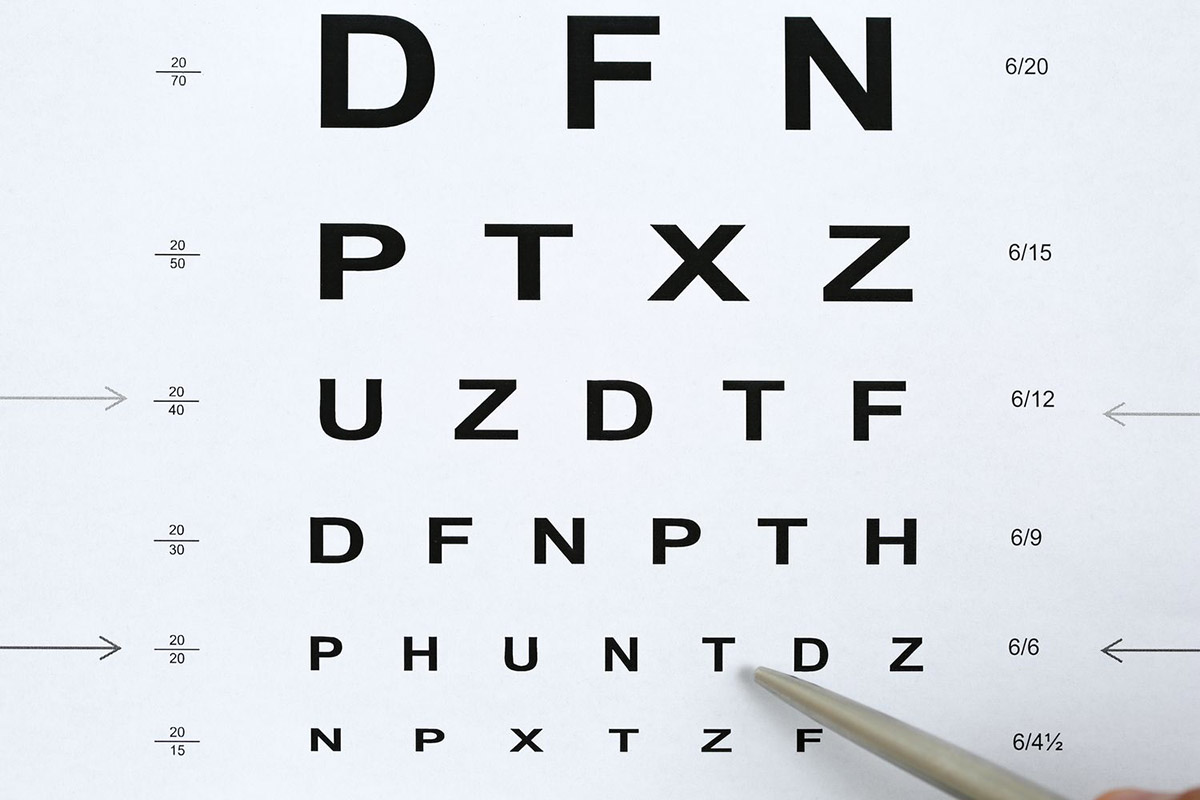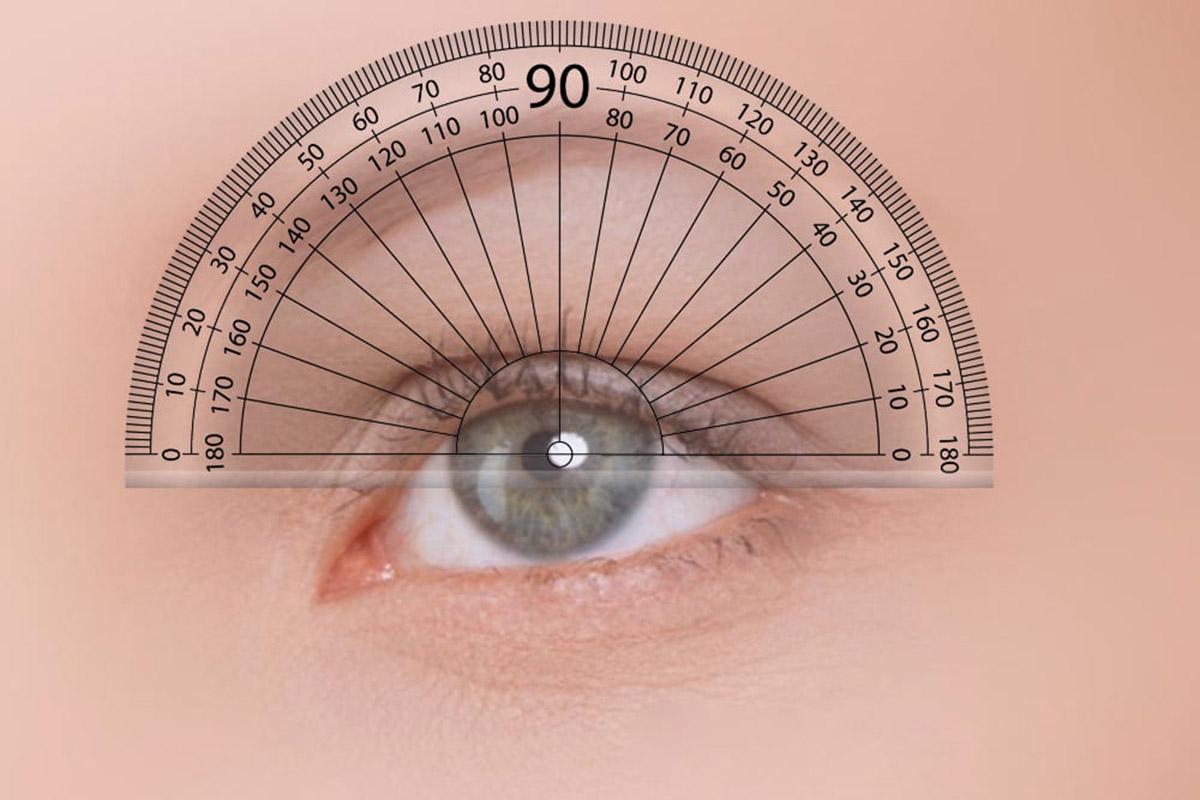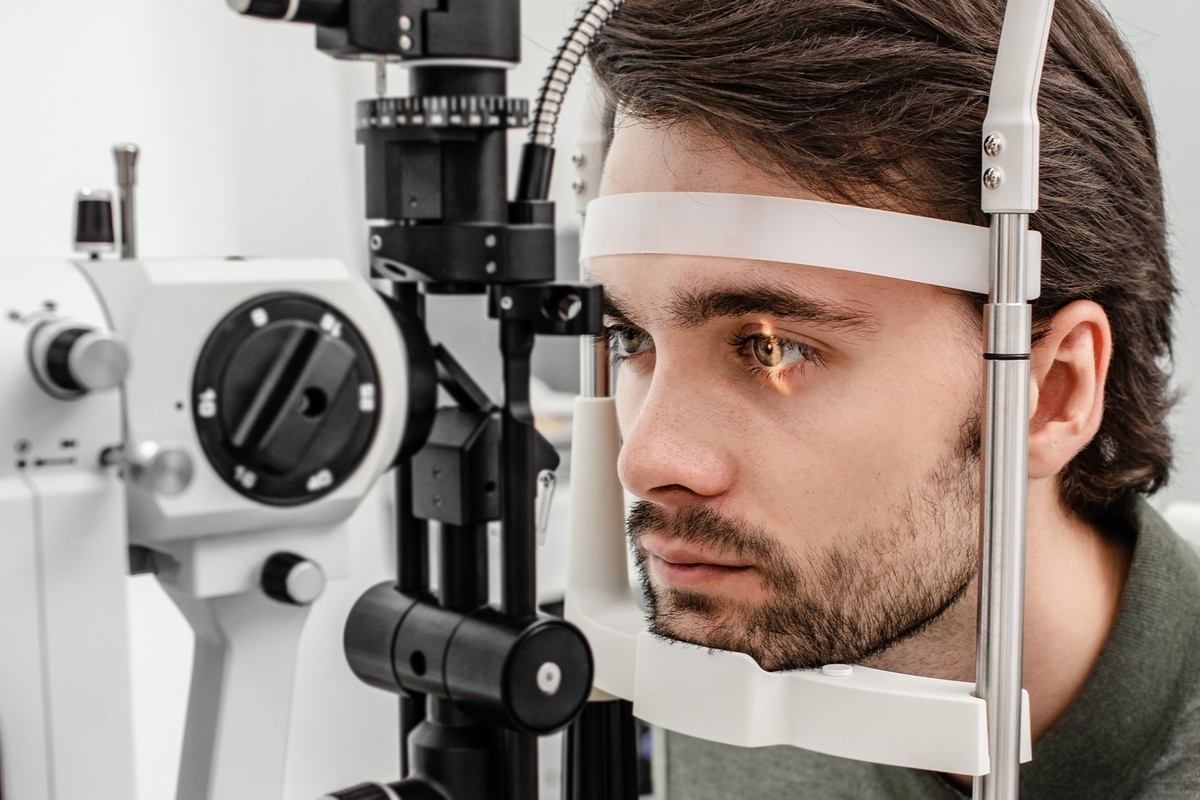What is an eye chart?
Used by eye doctors to measure the vision of a patient and compare it to the chart. The different types of eye charts include the Snellen eye chart, the tumbling E eye chart, and the Jaeger eye chart.
The Snellen eye chart
It was developed by Herman Snellen. It is a classic example containing 11 rows of capital letters which get smaller. When a patient is getting an eye exam, they are asked to find the smallest line of letters they can read and read it out loud. Your visual acuity is excellent if you can read letters at the bottom row.
“Tumbling E” eye chart
This test is a …
Test Your Vision with 3 Different Eye Charts



